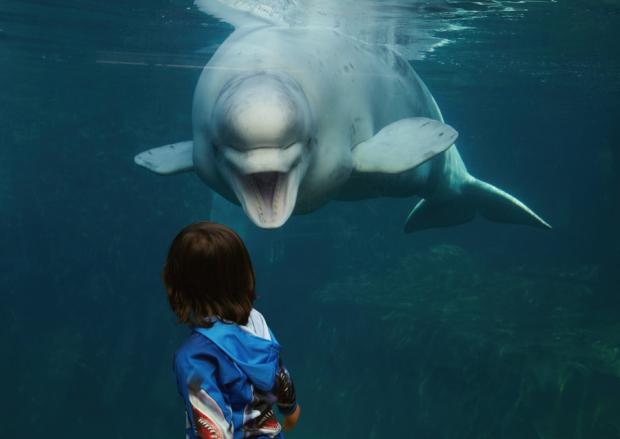
Breaking News
 The Tenpenny Files with Patrick Byrne
The Tenpenny Files with Patrick Byrne
 What Just Happened With Ron Paul Changes EVERYTHING (You're Witnessing History)
What Just Happened With Ron Paul Changes EVERYTHING (You're Witnessing History)
 Piers Morgan CLASHES with Candace Owens During On-Air Firestorm Interview:
Piers Morgan CLASHES with Candace Owens During On-Air Firestorm Interview:
 House Passes Bill to Prosecute Doctors and Parents for Sex Changes for Children...
House Passes Bill to Prosecute Doctors and Parents for Sex Changes for Children...
Top Tech News
 This tiny dev board is packed with features for ambitious makers
This tiny dev board is packed with features for ambitious makers
 Scientists Discover Gel to Regrow Tooth Enamel
Scientists Discover Gel to Regrow Tooth Enamel
 Vitamin C and Dandelion Root Killing Cancer Cells -- as Former CDC Director Calls for COVID-19...
Vitamin C and Dandelion Root Killing Cancer Cells -- as Former CDC Director Calls for COVID-19...
 Galactic Brain: US firm plans space-based data centers, power grid to challenge China
Galactic Brain: US firm plans space-based data centers, power grid to challenge China
 A microbial cleanup for glyphosate just earned a patent. Here's why that matters
A microbial cleanup for glyphosate just earned a patent. Here's why that matters
 Japan Breaks Internet Speed Record with 5 Million Times Faster Data Transfer
Japan Breaks Internet Speed Record with 5 Million Times Faster Data Transfer
 Advanced Propulsion Resources Part 1 of 2
Advanced Propulsion Resources Part 1 of 2
 PulsarFusion a forward-thinking UK aerospace company, is pushing the boundaries of space travel...
PulsarFusion a forward-thinking UK aerospace company, is pushing the boundaries of space travel...
 Dinky little laser box throws big-screen entertainment from inches away
Dinky little laser box throws big-screen entertainment from inches away
 'World's first' sodium-ion flashlight shines bright even at -40 ºF
'World's first' sodium-ion flashlight shines bright even at -40 ºF
Humans could soon TALK to whales:

A team of international scientists recently launched an ambitious project to listen to, contextualize and translate the communication of Sperm whales, with a goal of 'talking' to the majestic marine animals.
The initiative, called Project CETI (Cetacean Translation Initiative), is harnessing the power of artificial intelligence to interpret clicking sounds, or 'codas,' Sperm whales make to communicate with one another.
Researchers are using natural language processing or NLP – a subfield of artificial intelligence focused on processing written and spoken human language - which will be trained four billion Sperm whale codas.
The plan is to have the AI correlate each sound with a specific context - a feat that will take at least five years, according to the researchers.
If the team achieves these goals, the next step would be to develop and deploy an interactive chatbot that engages in dialogue with Sperm whales living in the wild.
Michael Bronstein, the lead of machine learning for Project CETI, told Hakai: 'If we discover that there is an entire civilization basically under our nose — maybe it will result in some shift in the way that we treat our environment.
'And maybe it will result in more respect for the living world.'



